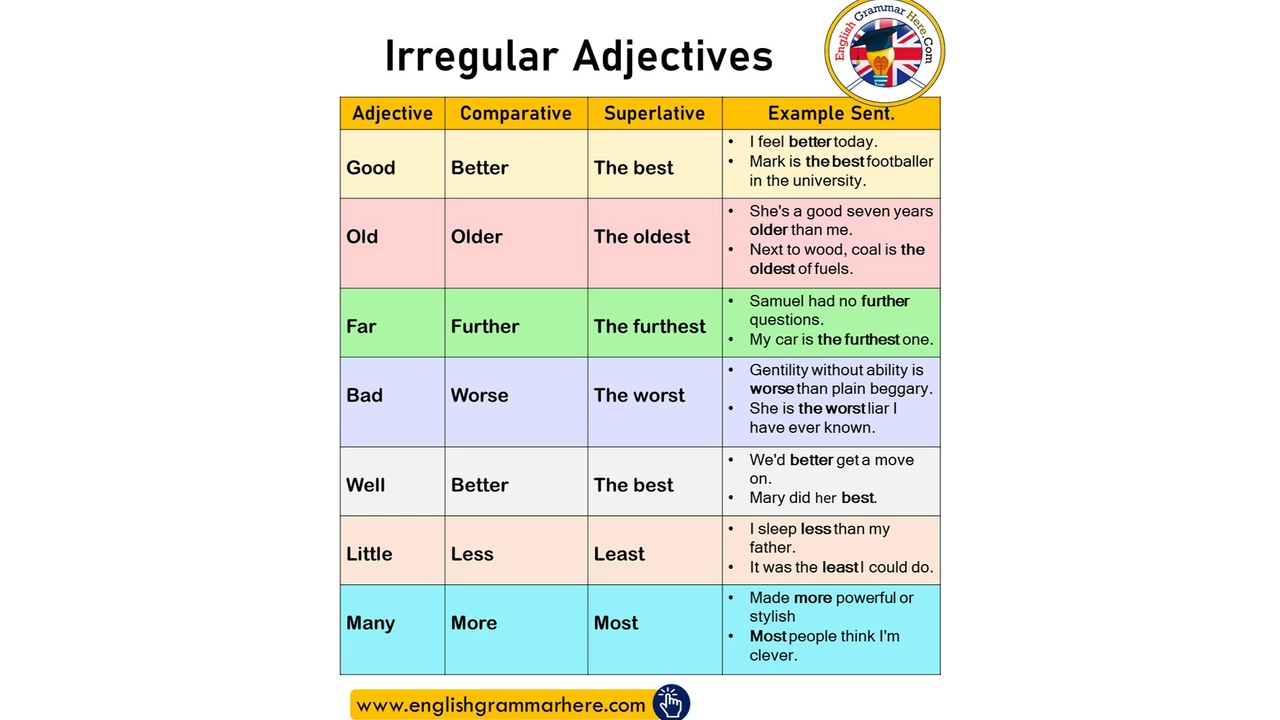Understanding the Basics: What is a Dogleg?
Before we delve into the specifics, let's establish a basic understanding of what a dogleg is. In the world of golf, a dogleg refers to a hole that changes direction at some point along its length. This change in direction is usually sharp, resembling the angle of a dog's hind leg, hence the name. When a hole bends to the left, it's often referred to as a 'dogleg left', and the same principle applies for a 'dogleg right'.
Importantly, a dogleg isn't just a quirky feature on a golf course. It's a strategic element that can significantly affect a golfer’s strategy and score. For instance, golfers often have to decide whether to "cut" the corner of the dogleg, which can save distance but increase risk, or to play it safe and go around. These decisions can make a big difference in the final score.
Deciphering the Details: What is a Chicane?
Now that we understand what a dogleg is, let's move on to the concept of a chicane. Unlike a dogleg, a chicane is a term borrowed from motor racing, not golf. It refers to a sequence of tight serpentine curves in a roadway or race track, designed to slow down vehicles for safety reasons or to make a race more challenging.
Chicanes can vary in complexity, with some consisting of a simple pair of bends, while others involve multiple, closely spaced curves. They can also be temporary or permanent. Temporary chicanes are often created for specific races or events, while permanent ones are built into the design of the track or road. Like a dogleg, a chicane can significantly influence the strategy of a race.
A Comparative Look: Dogleg vs Chicane
At this point, you might be wondering how a dogleg and a chicane could possibly be related. After all, one is a feature of a golf course, and the other is a part of a race track. Well, while they may come from different worlds, they share a common purpose: to add challenge and require strategy.
Both a dogleg and a chicane interrupt a straight path, forcing the golfer or driver to adjust their usual approach. They require careful planning, precise execution, and often, a bit of courage. However, while a dogleg generally changes direction once, a chicane involves multiple changes in direction.
The Impact on Strategy: Dogleg and Chicane
When faced with a dogleg or a chicane, strategy becomes paramount. In golf, the player must decide whether to cut the corner of the dogleg and risk ending up in the rough, or to play it safe and potentially add an extra stroke. The decision often depends on the player's ability, confidence and the overall state of the game.
In motor racing, the driver needs to negotiate the chicane as quickly as possible while maintaining control of the vehicle. This often means finding the perfect line, braking at the right moment, and accelerating smoothly out of the chicane. The driver's skill, the car's performance characteristics, and the specific design of the chicane all play a role in determining the best approach.
Conclusion: The Thrill of the Challenge
Whether it's a dogleg on a golf course or a chicane on a race track, these features add an extra layer of excitement and challenge to the game or race. They force players and drivers to think strategically, make quick decisions, and showcase their skills.
So, the next time you watch a golf tournament or a car race, pay close attention to the doglegs and chicanes. Appreciate the strategic decisions and skillful maneuvers they require. And if you're a golfer or a car racer yourself, embrace these features as opportunities to test your abilities and add some excitement to your game or race.






Write a comment